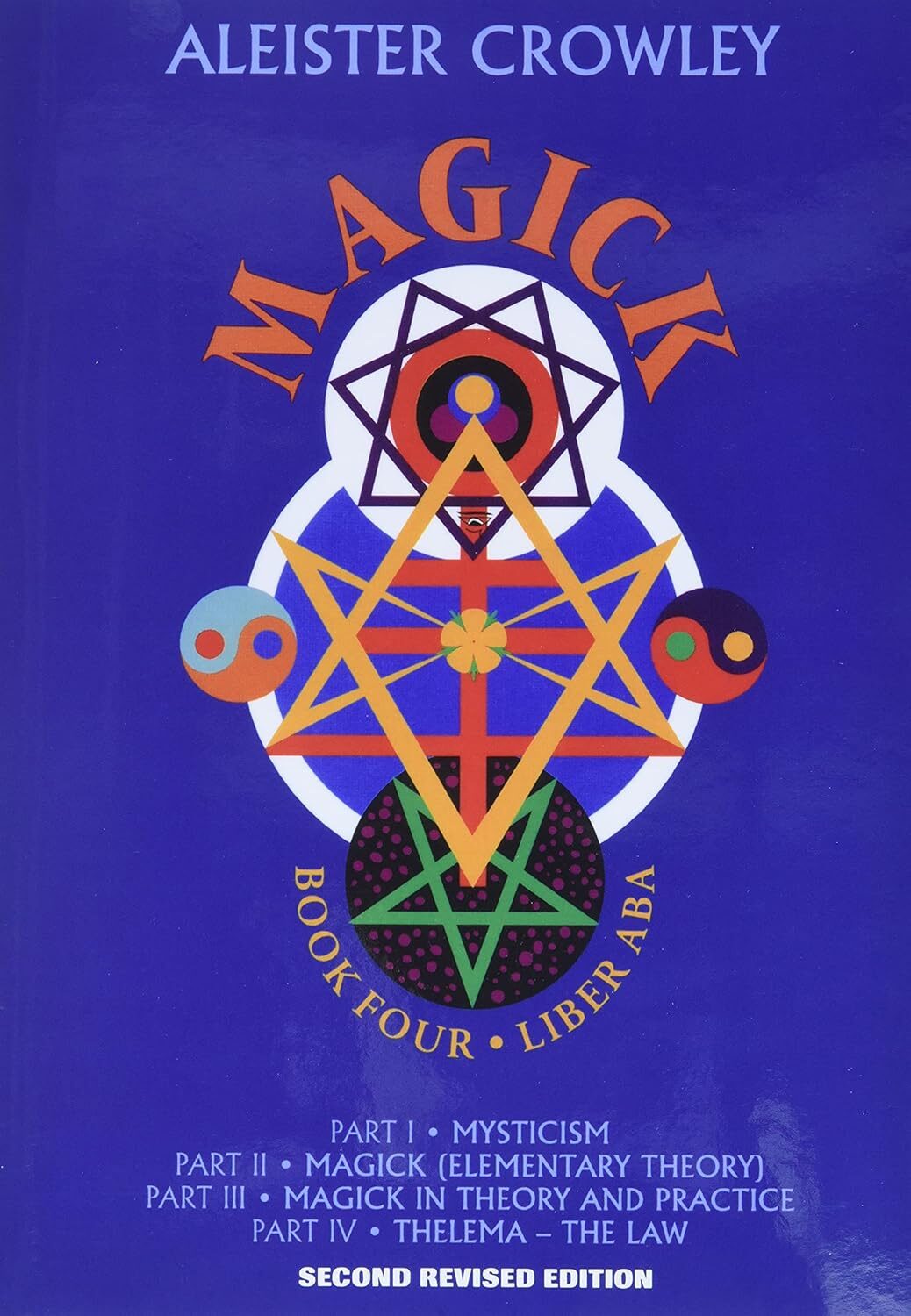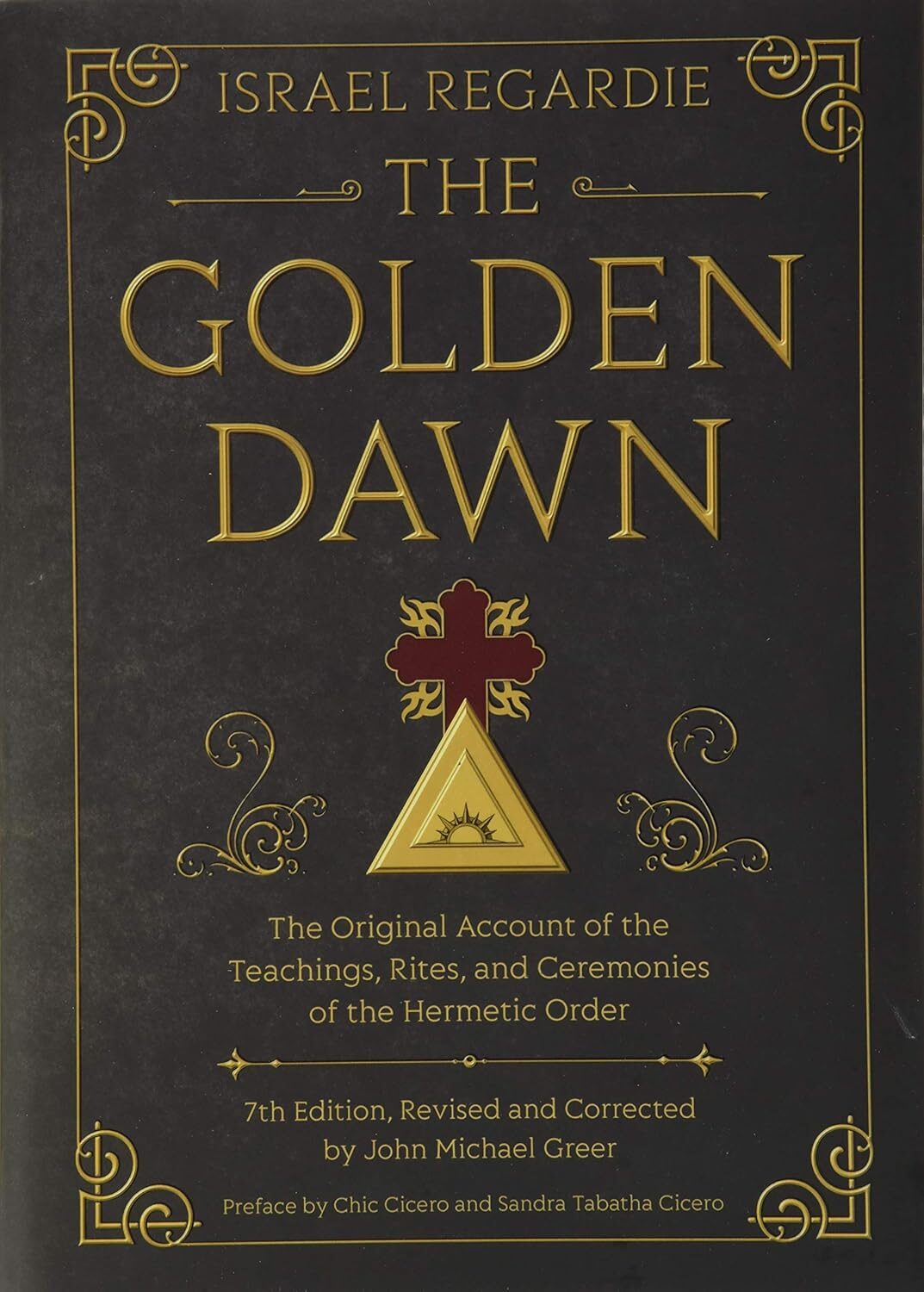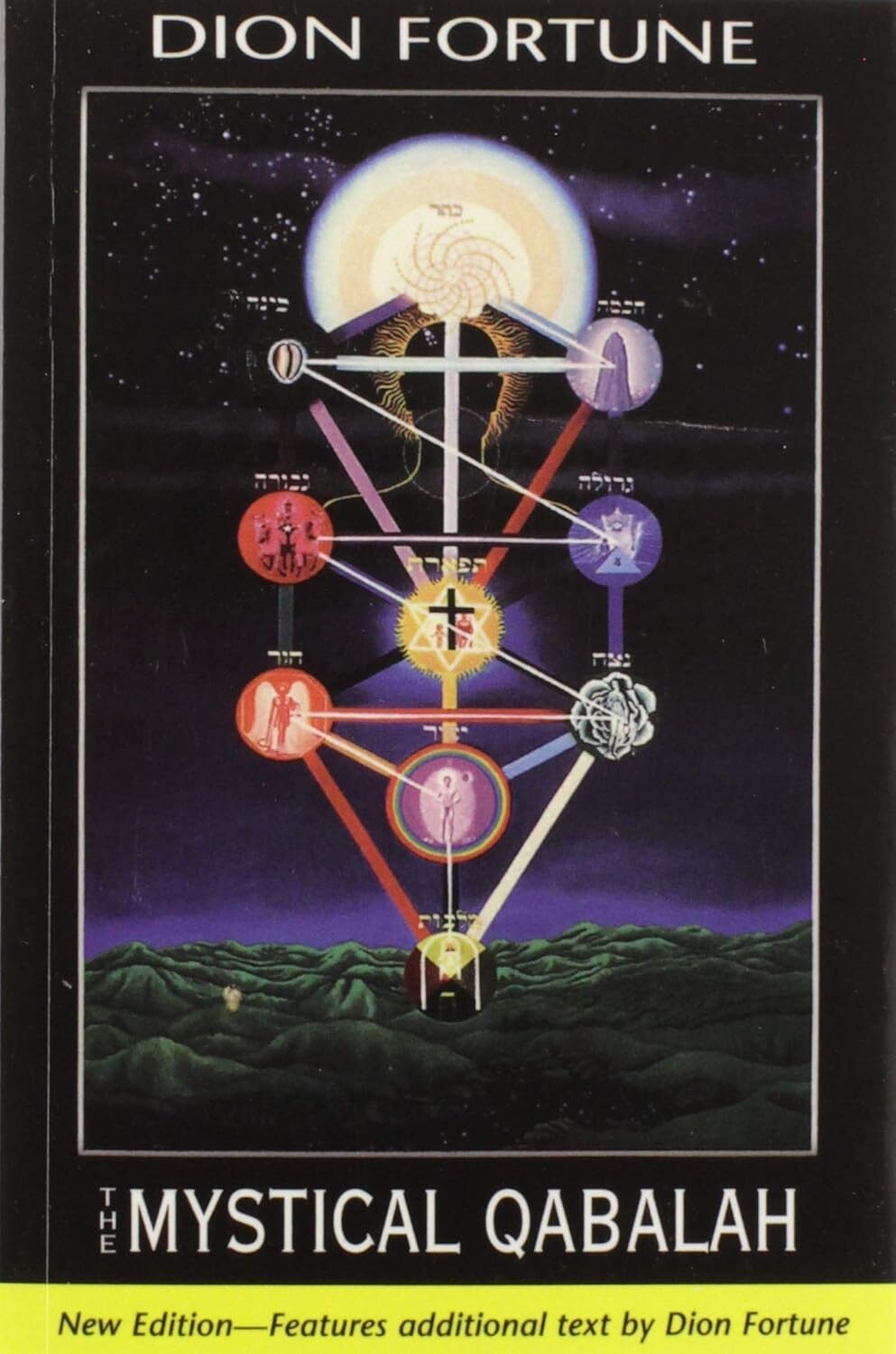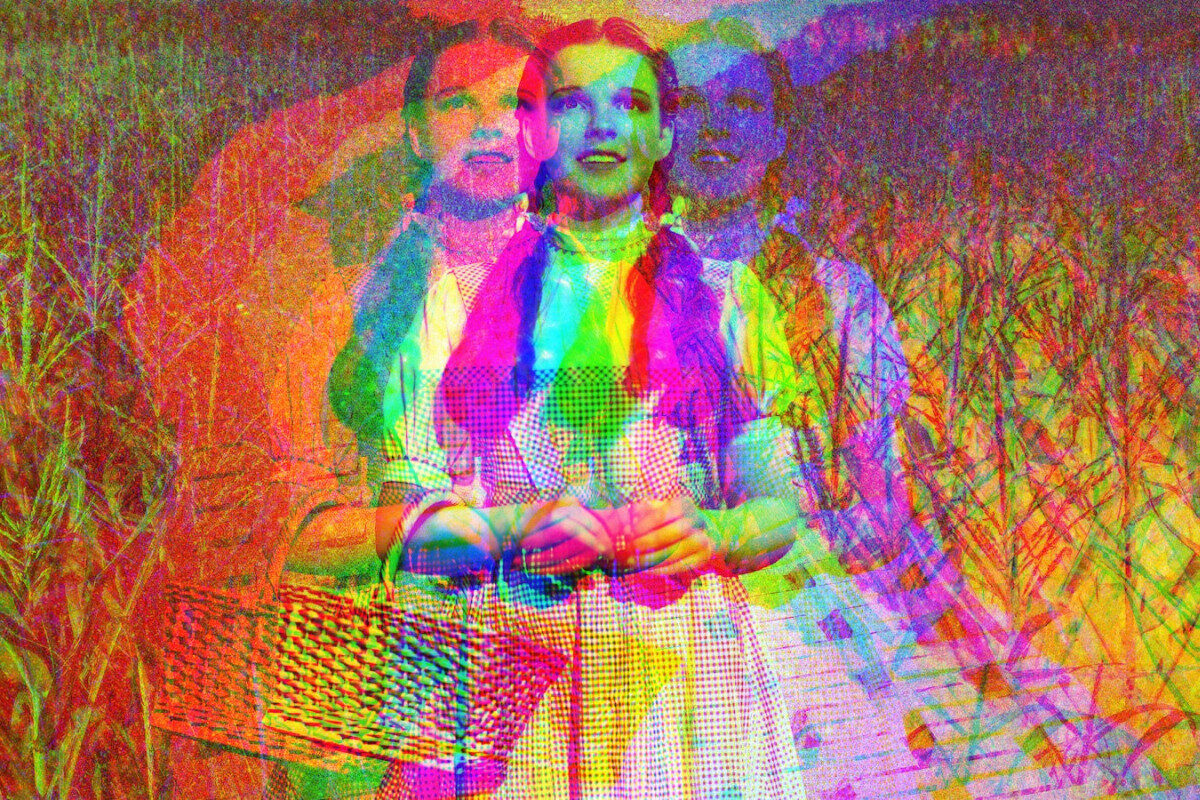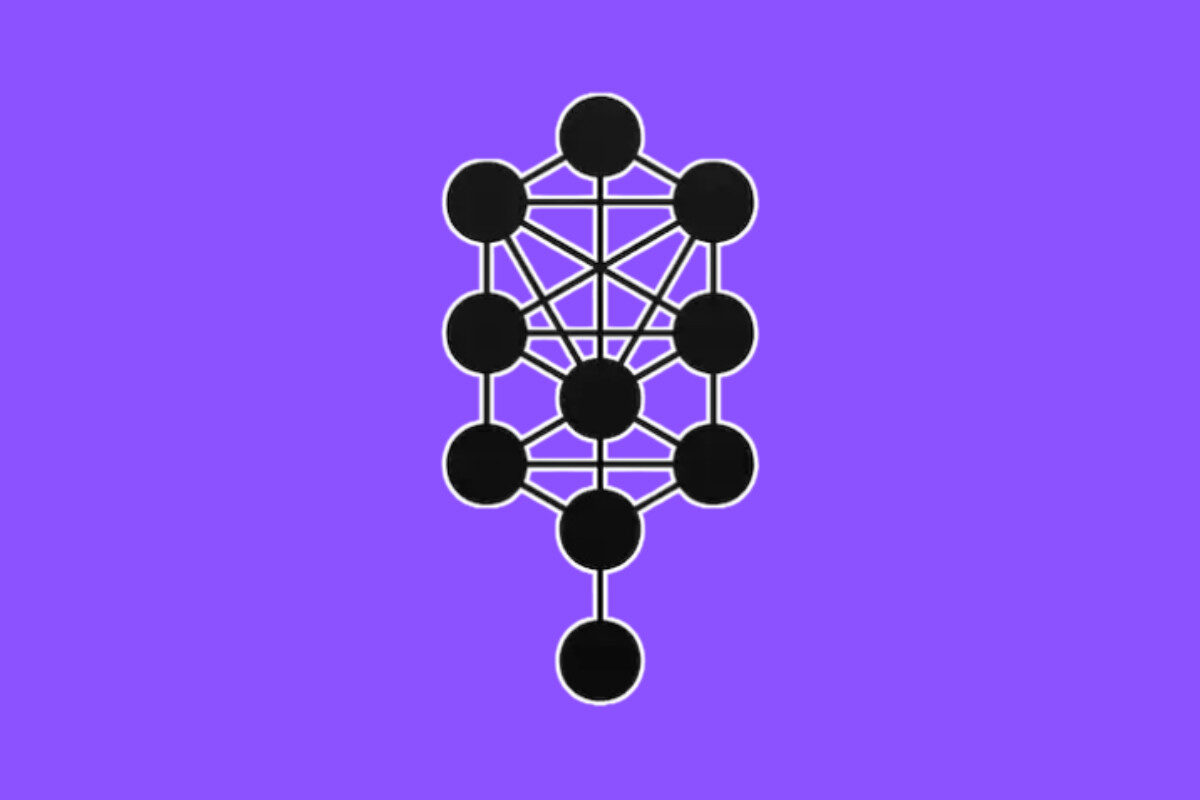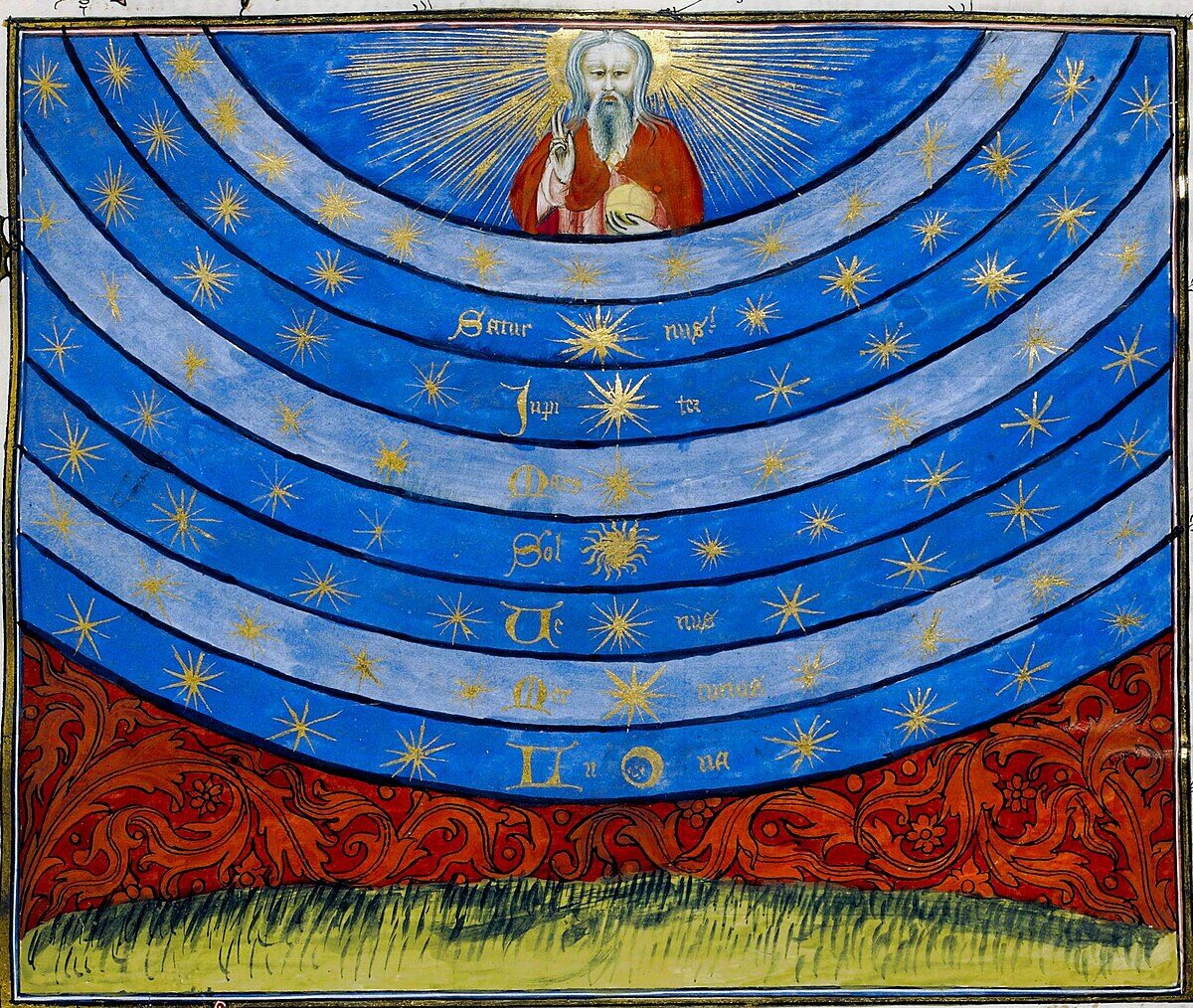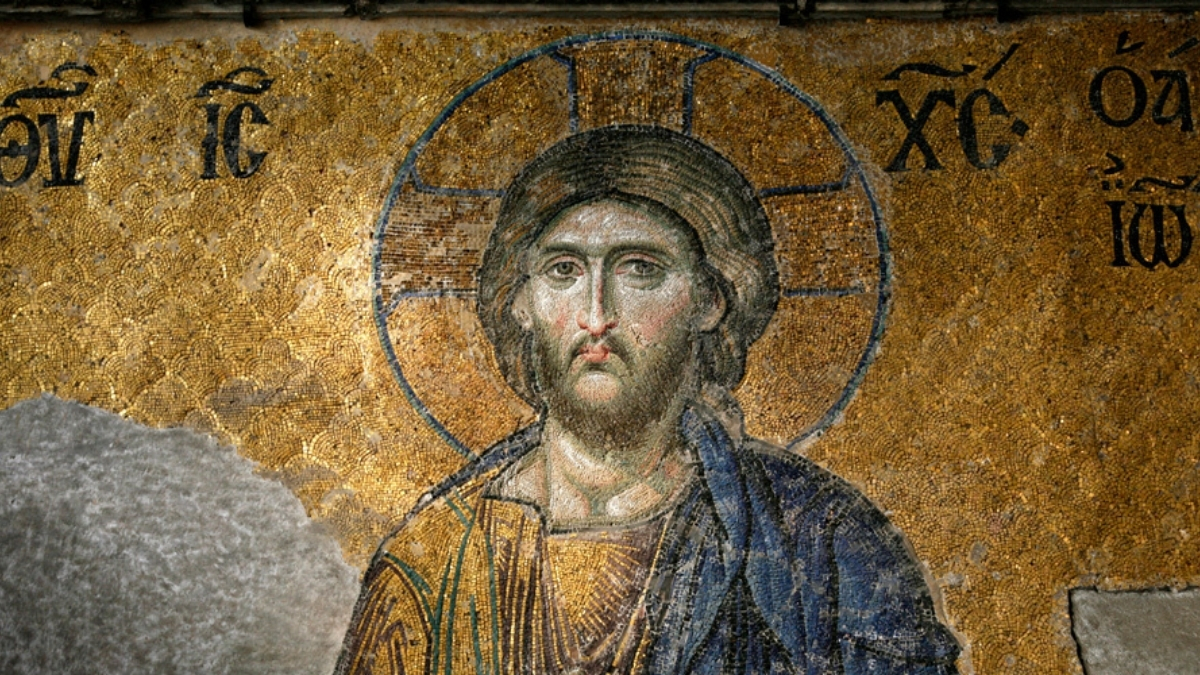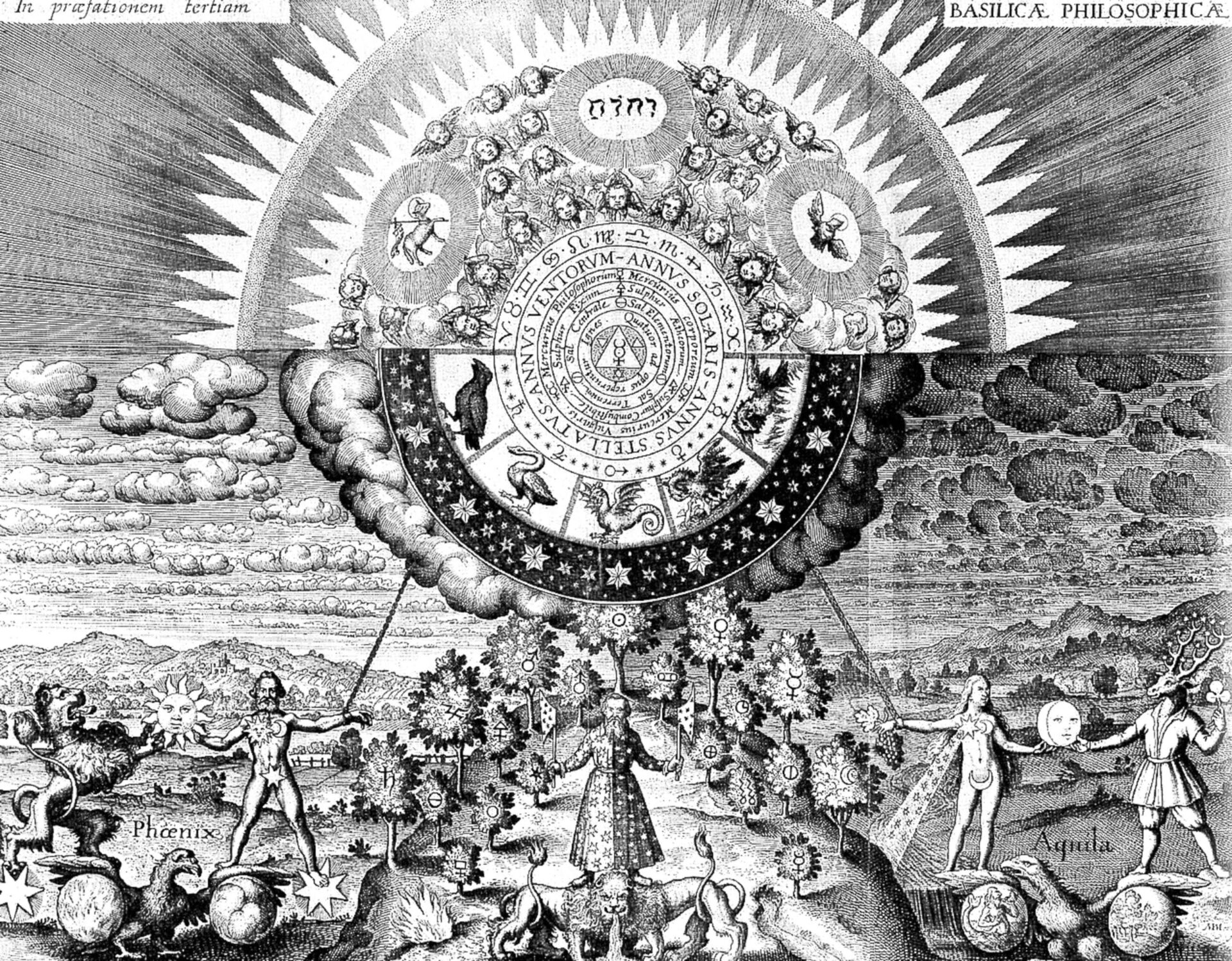Most people stumble into Hermeticism in a state of confusion. And that’s not a bad thing.
You can read all the books—The Kybalion, the Corpus Hermeticum, Initiation into Hermetics—spend months meditating, journaling, analyzing symbols and archetypes, and still feel stuck. Still feel lost. Still feel like you’re not getting it.
That’s because Hermeticism isn’t just about ideas; it’s about transformation. And transformation doesn’t start in your library. It starts in your mind.
Understanding the Disconnect: Why “You Are God” Sounds Ridiculous
One of the most repeated phrases in Hermetic and mystical traditions is some variation of this:
“You are divine. You are the same as the gods.”
To someone dealing with depression, poverty, anxiety, or burnout, this can sound laughable. If you’ve been struggling just to get through the day, hearing that you are a reflection of God can feel like cosmic gaslighting.
But it’s not meant literally. Hermeticism isn’t saying you can shoot lightning from your fingers or command oceans to part. It’s pointing to something deeper, more intimate: your creative power—the ability to shape your inner and outer worlds with intention.
Like the God of Genesis, you create with the Word. In your case, the “word” is your thought.
The Subconscious: The Engine Room of Reality
Here’s something Hermetic texts hinted at long before Freud or Jung were born: your subconscious mind is always working. It listens to what you say, what you believe, what you focus on. And it doesn’t judge. It just builds.
“As within, so without; as above, so below.”
— The Emerald Tablet
If your internal dialogue is a stream of negativity—I’m not good enough, I’ll never get better, nothing ever works out—your subconscious begins to make that true. Not because it’s cruel, but because it’s obedient. It takes your word as gospel.
Now reverse that. What happens if you start feeding your subconscious positive input? What if you consistently told yourself I am healing, I am growing, I am capable? Over time, your subconscious accepts that as reality too.
And here’s the Hermetic kicker: your inner world starts shaping your outer experience.
Why Most “Luck” Is Just Mental Conditioning
We often say things like “some people are just lucky.” But from a Hermetic perspective, luck is often just aligned thought and action.
Those who believe they are lucky often act like they are. They take chances. They see opportunity instead of risk. They expect things to work. And that expectation becomes a kind of magnetism.
Your beliefs become behavior. Your behavior becomes your life.
This is cause and effect—another Hermetic principle:
“Every cause has its effect; every effect has its cause.”
A Modern Starting Point: Heal the Inner World
If you’re just starting with Hermeticism, don’t rush into ritual or symbols or arcane language. Start with your mind. More specifically: your subconscious.
Here are three concrete steps to begin:
- Audit your internal dialogue. What do you say to yourself on repeat? Would you talk to a friend like that? If not, rewrite the script.
- Reduce distractions. Put your phone away. Take walks without headphones. Eat without a screen. Be with your thoughts, even when they’re uncomfortable.
- Meditate daily. 10–20 minutes a day, morning or evening. Sit still. Breathe. Watch your mind. This isn’t fluff—it’s foundational Hermetic practice.
“You must become master of your thoughts, not their slave.”
— Paraphrased from Initiation into Hermetics by Franz Bardon
The Mind Without Distraction Is a Creative Force
You train your body to look and feel better; why not your mind?
A clear, undistracted mind is one of the most powerful creative tools in the universe. It generates ideas, solves problems, and attracts outcomes that match its dominant vibration.
And this isn’t mystical fluff. It’s psychology. It’s neuroscience. It’s Hermeticism.
“Mind is the builder,” Edgar Cayce once said.
Or as The Kybalion puts it: “All is Mind; the Universe is Mental.”
Final Thought: The Inner World Comes First
Most people try to fix the outer world without ever addressing the inner one. Hermeticism teaches the opposite. You start within, with intention, discipline, and presence. Then, over time, the outer shifts to reflect it.
The real Philosopher’s Stone isn’t a physical object. It’s the transformation of your base self into something radiant, whole, and aligned.
And that process? It begins with a single thought.
Want to dive deeper into Hermetic practice? Start with these:
- The Hermetica – The foundational Hermetic texts.
- The Kybalion – The seven principles distilled for modern students.
- Initiation into Hermetics – The most practical guide to Hermetic training available.
And if you’re still unsure where to begin, start by sitting in silence. That alone is a radical act in today’s world and the first real step into Hermeticism.

